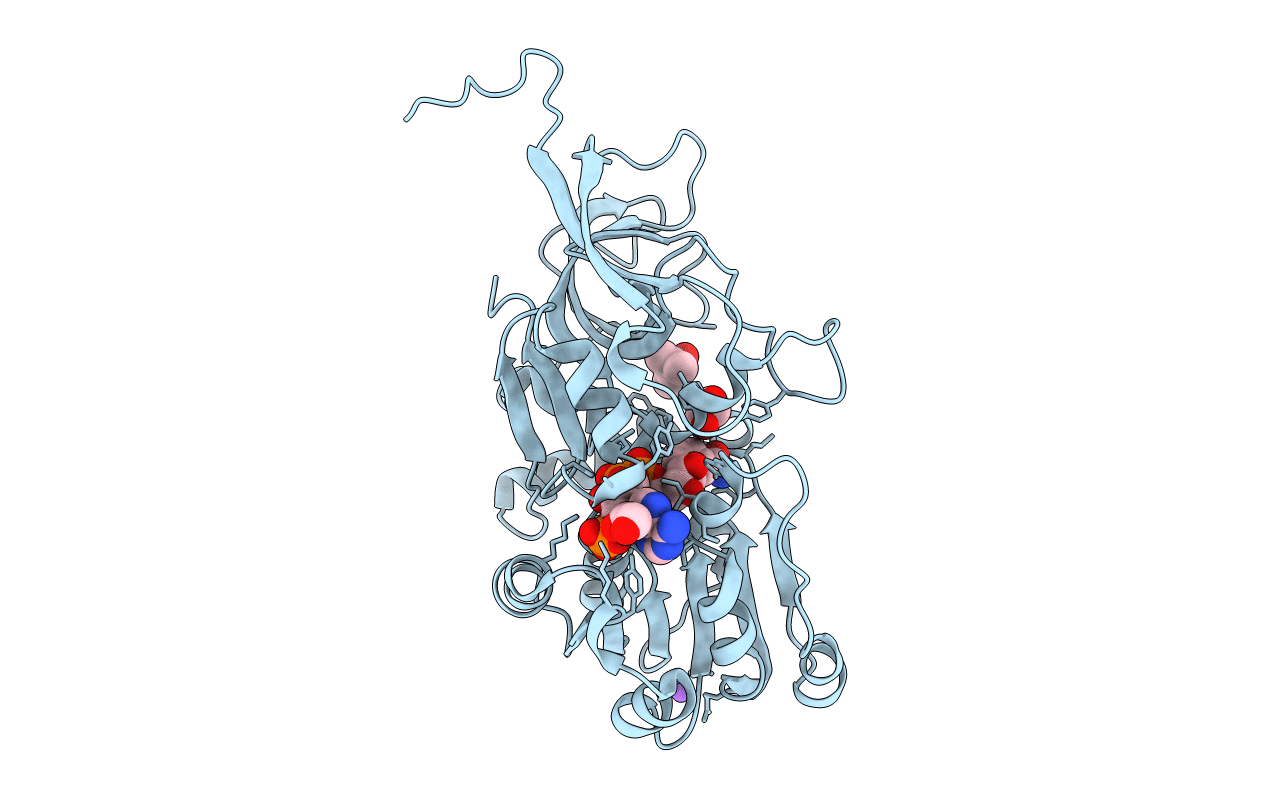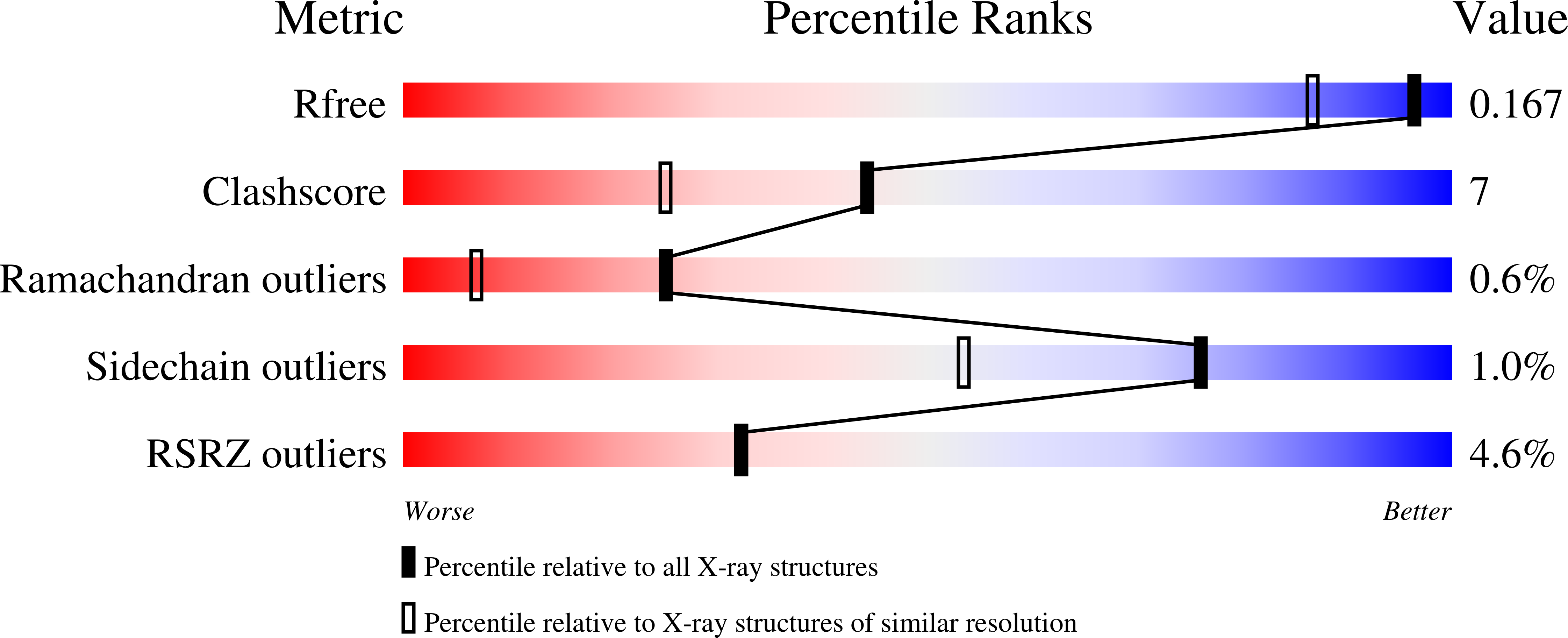
Deposition Date
2020-04-25
Release Date
2021-02-03
Last Version Date
2024-01-24
Entry Detail
PDB ID:
6YTZ
Keywords:
Title:
Crystal structure of Malus domestica Double Bond Reductase (MdDBR) in complex with NADPH
Biological Source:
Source Organism:
Malus domestica (Taxon ID: 3750)
Host Organism:
Method Details:
Experimental Method:
Resolution:
1.40 Å
R-Value Free:
0.16
R-Value Work:
0.12
R-Value Observed:
0.12
Space Group:
I 2 2 2


